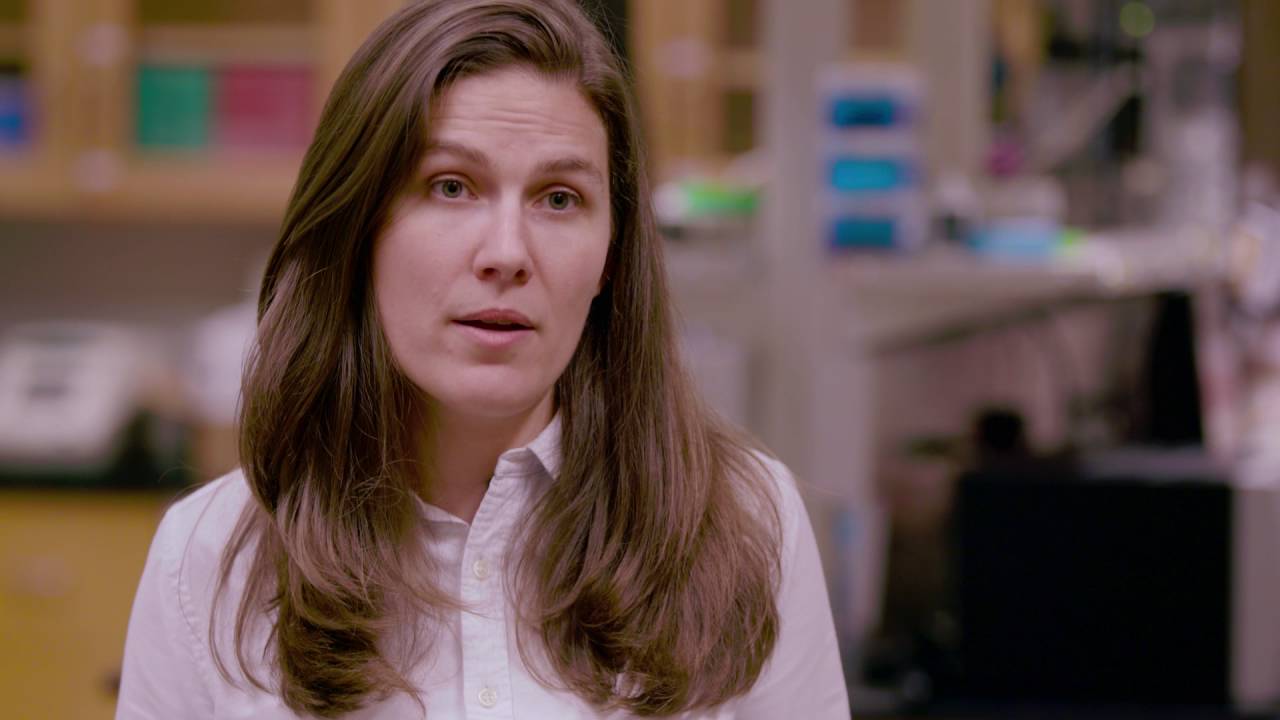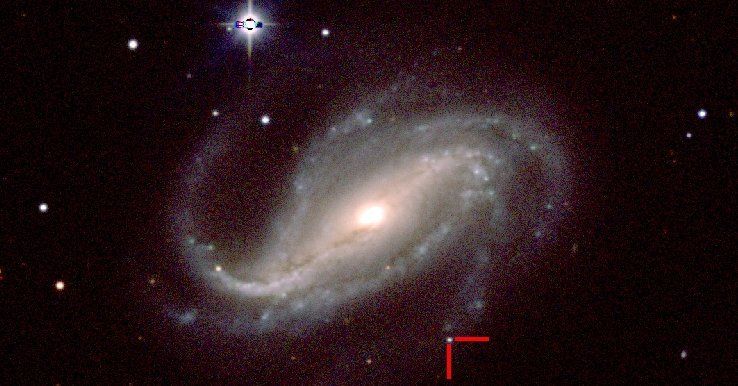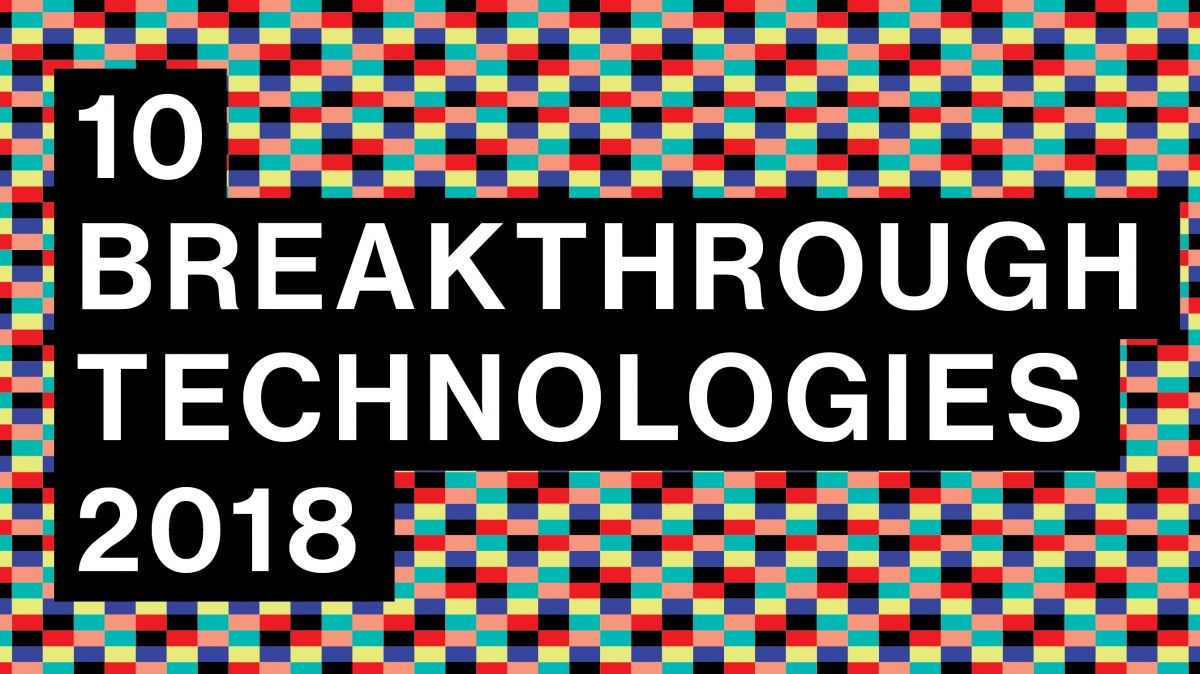Page 10301
Feb 21, 2018
Serendipitous supernova explosion caught on camera
Posted by Genevieve Klien in categories: cosmology, electronics
Feb 21, 2018
Is It Time for a Transhumanist Olympics?
Posted by Zoltan Istvan in categories: biotech/medical, transhumanism
While the Winter Olympics are going on, here’s.
A story of mine on the dream of a future Transhumanist Olympics: https://www.huffingtonpost.com/zoltan-istvan/is-it-time-for-…77194.html #transhumanism
Oracle Team USA made a historic comeback to beat Emirates Team New Zealand in the American’s Cup in San Francisco last month. I have closely followed the sport of sail racing for over 30 years, and what astonishes me is how much faster and better the boats are today than they were three decades ago. Sailing speeds and performances have doubled in some cases.
Continue reading “Is It Time for a Transhumanist Olympics?” »
Feb 21, 2018
A Computer Glitch Let a Trader Claim $20 Trillion in Free Bitcoin
Posted by Genevieve Klien in categories: bitcoin, computing
Feb 21, 2018
Dev Report: IBM & Unity Partner to Offer AI Tool That Could Make Augmented Reality Apps Smarter
Posted by Genevieve Klien in categories: augmented reality, robotics/AI, space

https://youtube.com/watch?v=6WRNqdOMXmc
This month, the power of artificial intelligence will be coming to more augmented reality developers as a leader in the game and 3D software development space and a major force behind the current school of cloud-based AI have officially announced a new partnership.
In a post on Unity’s website on Tuesday, the company revealed a partnership with computing giant IBM to launch the IBM Watson Unity SDK. This programming interface will open up new cloud-based AI services for developers to use in their applications. And, with AR and AI having become increasingly intertwined technologies, this is only good news for AR developers.
Feb 21, 2018
He Took a Picture of a Supernova While Setting Up His New Camera
Posted by Genevieve Klien in categories: cosmology, electronics
Astronomers rarely see the beginnings of these explosions, but an Argentine amateur’s lucky picture helped them study the start of a massive star’s violent death.
Feb 21, 2018
Step Inside the World of Transhumanism, Where Death Is Only Temporary
Posted by Genevieve Klien in categories: life extension, transhumanism
Fascinating!
Transhumanists believe in a future of human immortality. A community in Russia is working to make it happen.
Feb 21, 2018
Astronomers Just Found Some of The Most Massive Black Holes Discovered in Our Universe
Posted by Genevieve Klien in categories: cosmology, evolution, physics
A study on dozens of galaxies within several billion light years of our own has revealed black holes that far exceed our expectations on just how big these monsters can grow.
The discovery not only helps us better understand the evolution of our Universe’s building blocks, it leaves us with a new intriguing question – just how do black holes like these get to be so incredibly massive?
By now, the collapsed cores of massive stars known as black holes need no introduction. We’ve heard about their cosmic crashes rippling space-time, watched them belch, and expect to capture the closest look yet at their nature very soon.
Feb 21, 2018
You’ll want to keep an eye on these 10 breakthrough technologies this year
Posted by Genevieve Klien in categories: innovation, robotics/AI
Dueling neural networks. Artificial embryos. AI in the cloud. Welcome to our annual list of the 10 technology advances we think will shape the way we work and live now and for years to come.
Feb 21, 2018
DNA data storage system is on the rise — find out how to store yours
Posted by Klaus Baldauf in categories: biotech/medical, media & arts

Scientists from the University of Washington and Microsoft are improving their system for preserving digital data in strands of synthetic DNA — and they’re giving you the chance to participate.
The UW-Microsoft team laid out the method in a research paper published this week in Nature Biotechnology.
Continue reading “DNA data storage system is on the rise — find out how to store yours” »















